
Nava Narasimha Temples: Sri Nrusimha or Sri Narasimha avatar is the fourth incarnation of Lord Sri Maha Vishnu. Unlike the other incarnations, Sri Nrusimha avatar had happened for a singular objective only, i.e., the killing of Hiranyakasipu, the demon who did not believe in the presence of Lord Vishnu and who had very high opinions on his prowess and based on this assumption, he was torturing others.
Table of Contents
Hiranyakasipu was headstrong because he had been granted boons by Lord Shiva that Hiranyakasipu could not be killed either by human or by an animal, either on land or in the sky, either at day or at night and that he could not be killed by any weapon either.
At the behest and ardent prayers of the child Prahlada (the son of Hiranyakasipu) who believed that God is omnipresent, Sri Narasimha emerged from a pillar, had the appearance of a mix of human and animal, i.e., lion head and the human body and killed Hiranyakasipu using only his nails in the evening time which was neither day nor night.
Hiranyakasipu died on the laps of Sri Narasimha. The avatar of Sri Narasimha happened on the day of Swathi star.
The word “Aho” means “wonder“, and “bilam” means “cave“. Hence Ahobilam means “wonderful cave“. Sri Ahobilam at Cudappah District of Andhra Pradesh is believed to be the sacred place where Sri Narasimha Avatar had happened.
It is a tribal area where Nalla Mala (black mountain) forest exists. It is situated in the mid portion of the Eastern Ghats. The entire range of Eastern Ghats appear like a snake (Adi Sesha, the bed of Shri Maha Vishnu); The Head portion is Sri Thirupathi, the mid portion is Sri Ahobilam, and the tail portion is Sri Sailam, all the three exist in Andhra Pradesh.
Sri Ahobilam is also one of the 108 Divya Desams (place praised by the Alwars who had served the cause of Vaishnavism).
Sri Ahobilam site with nine Narasimha temples was discovered around 3000 years ago. It is believed that the site was misappropriated by the persons of other cult and the Hindu Kings in the Region fought with the enemies and redeemed the site for the Hindu worshippers.
Now the temples are being maintained by Sri Ahobila Mutt. This write up is about the visit to Sri Ahobilam and its history.
Sri Ahobilam consists of two phases; upper Ahobilam housing Nava Narasimhars and lower Ahobilam with Prahalada Varadar temple. There is a belief that there are ten Narasimhas in upper Ahobilam and two more are situated 60 kilometers away from the Region.
However, the upper Ahobilam is always referred to as Nava Narasimha Kshetram only.
Apart from that one should also visit Sri Prahalada Varada temple at lower Ahobilam.
Due to practical and logistical reasons, the temples are visited in the order of proximity.
![]()
![]()
![]()
![]()
![]()
![]()
![]()
![]()
![]()
![]()
In all, the visit to Sri Ahobilam is an excellent experience physically, spiritually and emotionally. Though Sri Narasimha is known as Ugra or Ferocious God, it should be remembered that He emerged simply to respect and save the confidence of a Child (Prahalad).
As this avatar was only for a short period, He was kind enough to re-appear in the same pose for Garuda, Bhargava, Anjaneya, and other Devas.
Worshipping Sri Narasimha with confidence and devotion is believed to be a way of liberating from debts, whether pecuniary or otherwise and it also provides us the drive and energy to achieve our goals.
Note: The reference to the locations and their direction, the details of Prahalada Badi were referred from the book named “Ahobilam – Singavezh kundram” (publisher not known) at Ahobilam. The rest of the narrative is based on the information collected by the author from the other devotees while trekking to the temples.
![]()


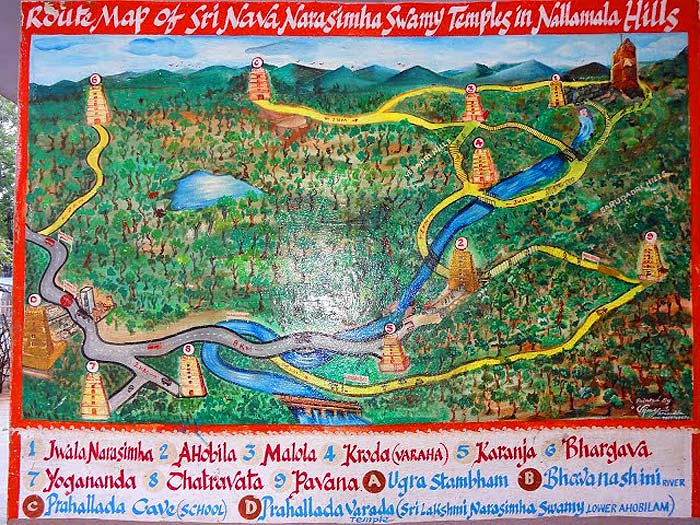
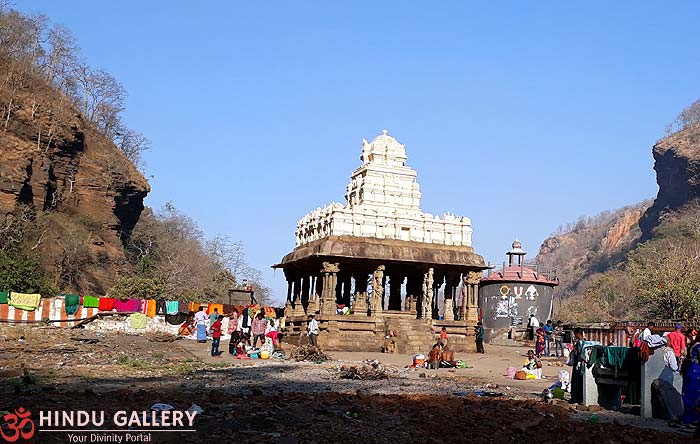
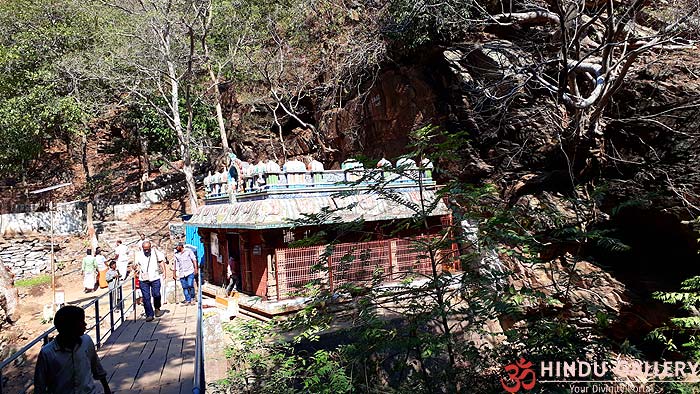
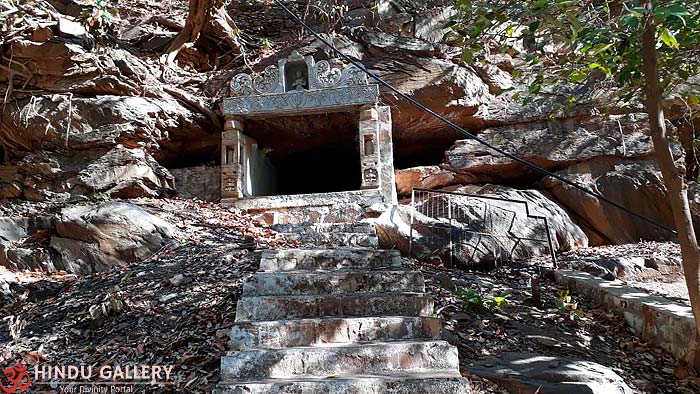

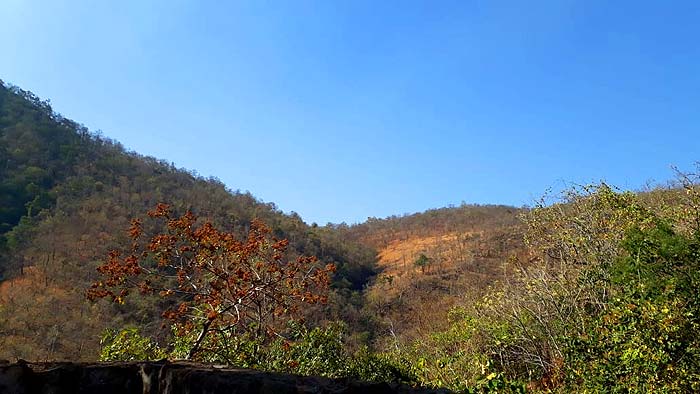
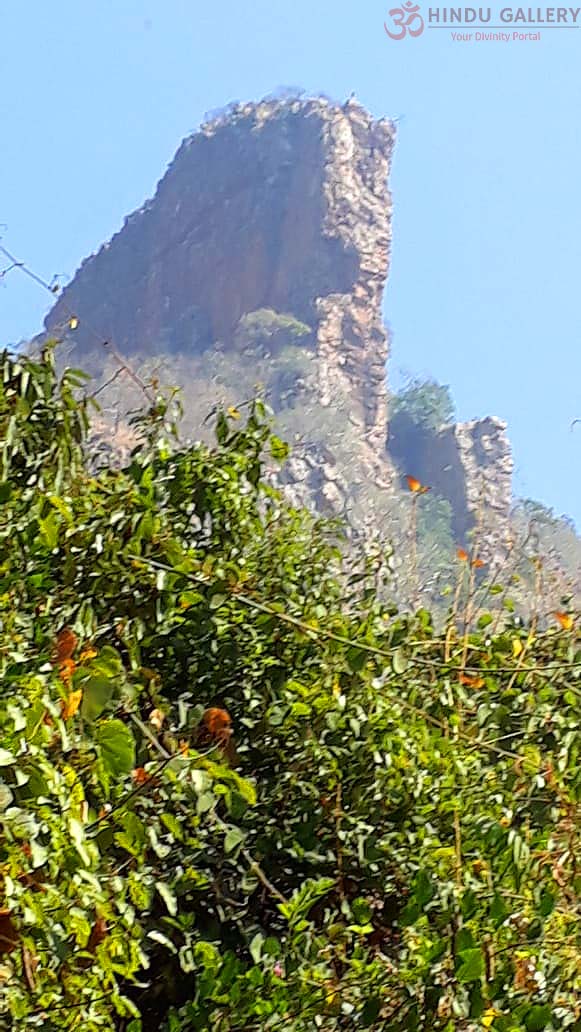
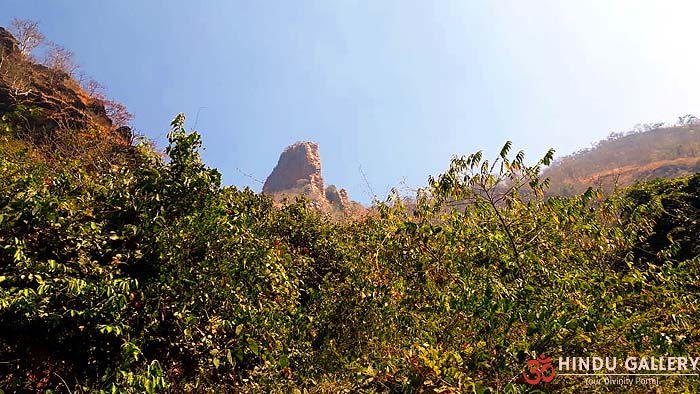
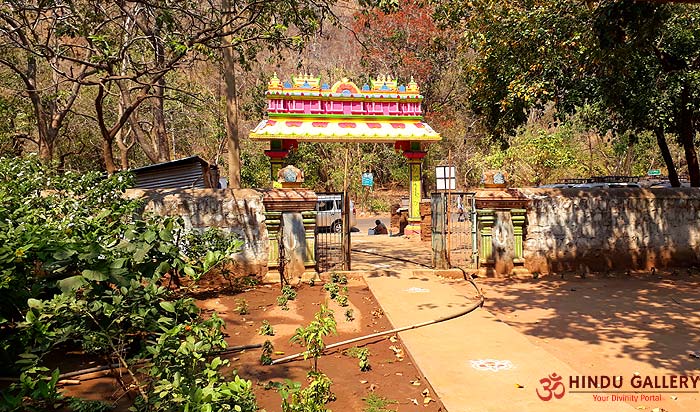
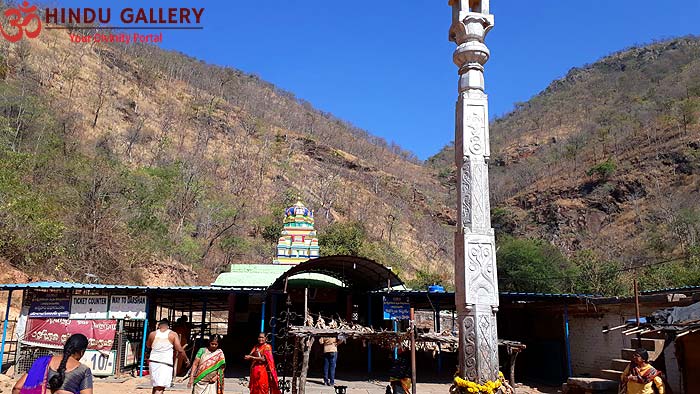
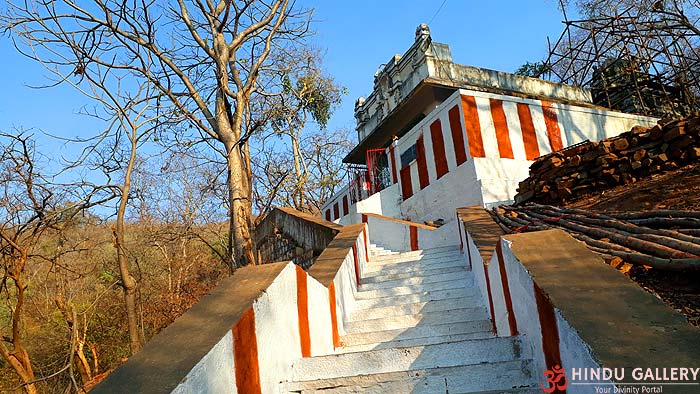

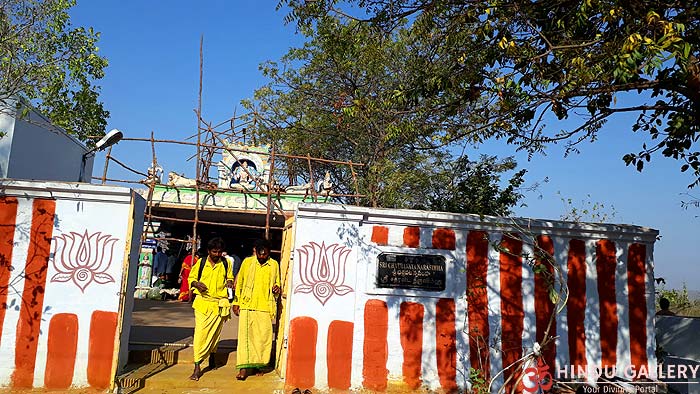
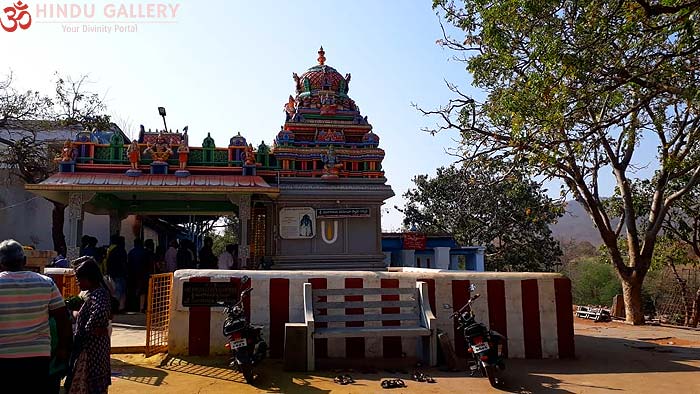
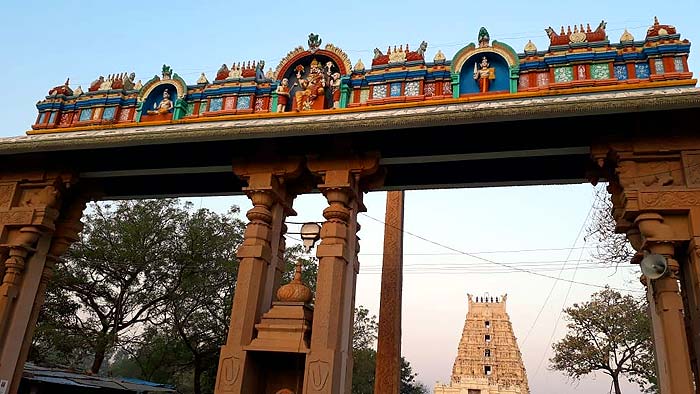
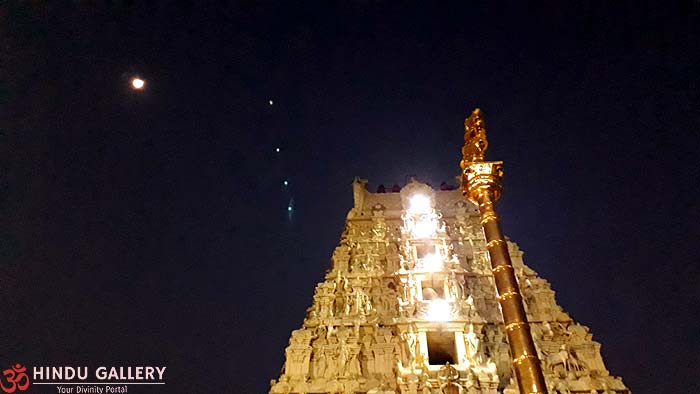
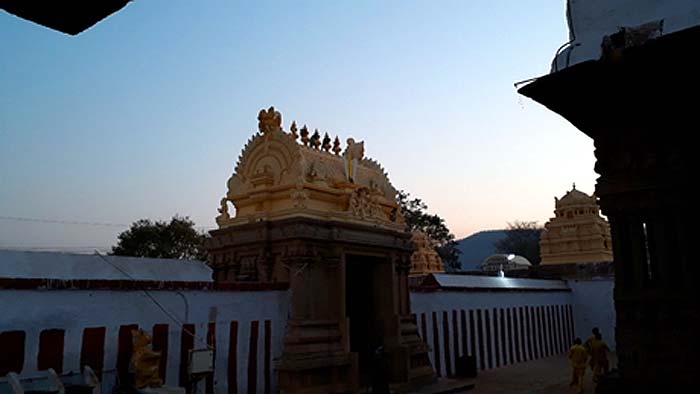
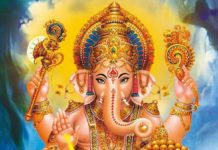
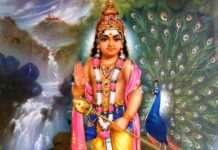
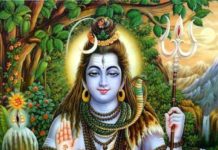
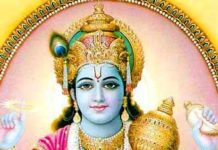
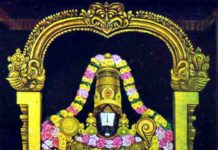


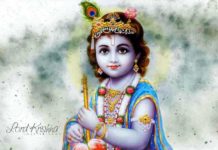
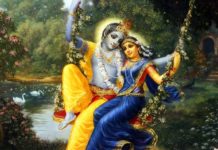
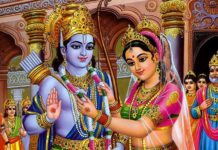
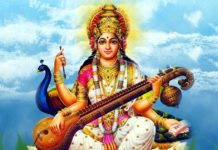

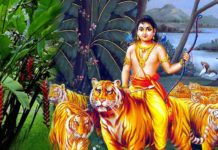
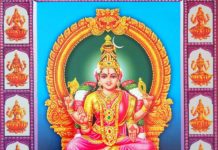

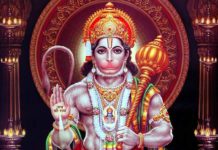
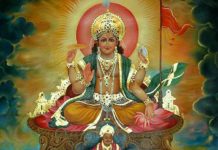
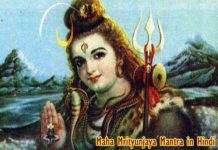
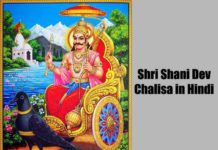
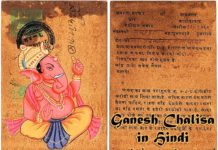


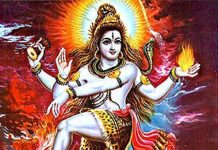

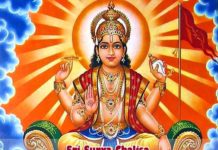

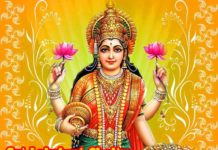
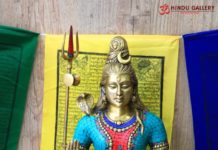











Magnificent! It is fascinating to experience the article. The portrayal is clear to such an extent, that one can actually feel the encompassing and envision one self to be available with the depictions. An extraordinary exertion.
I found the article very informative. The narration is descriptive, thus taking me through the trek.
? Simply divine. Very detailed. Got the feeling, as though I was trekking along.
Om Sairam! Wow! As a Religious Guide, you have narrated the extensive routes and the related information for the benefit of the readers. Great job done! Though elaborative, this Temple visit has the cosmic touch! Baba’s blessings will be showered on you, madam!
Wonderful! It is very interesting to go through the article. The narration is so lucid, that one can literally feel the surrounding and imagine one self to be present with the descriptions. A great effort.